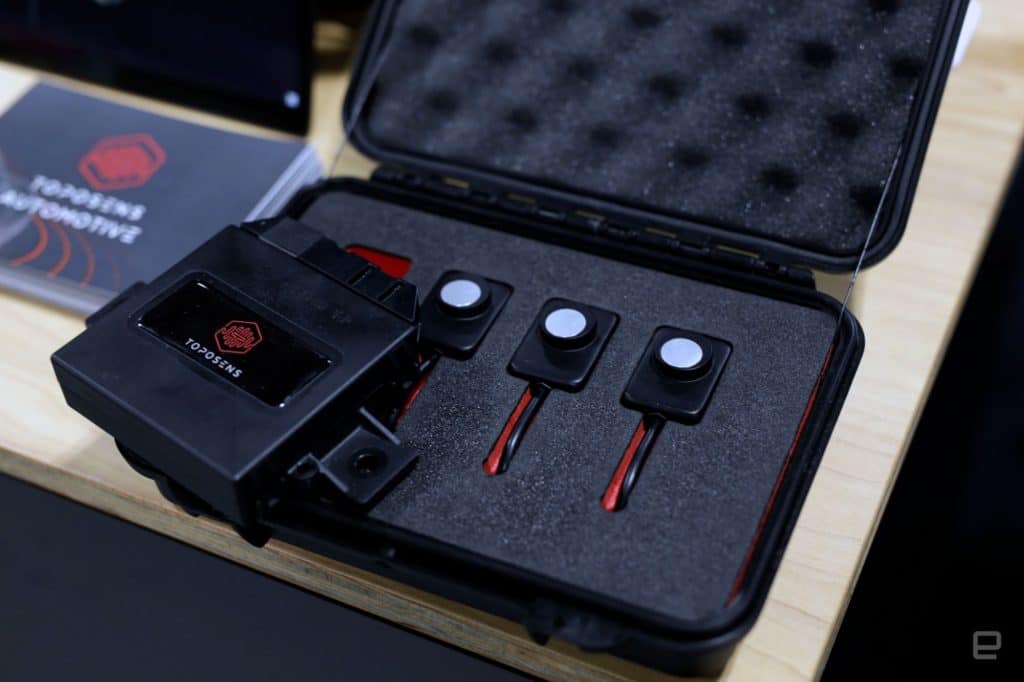
Cars, robots, smart homes — the sensors could change the way all of these work.
Stick with us here for a second: if you’re building a robot or an autonomous car, you’re going to need some sensors to help your creation “see” what’s around it. 3D-sensing cameras will do the trick, as will laser-based systems, but German startup Toposens is trying something a little different. Instead, Toposens has built (relatively) inexpensive sensors that map their surroundings using 3D ultrasound — a worldwide first, if they’re to be believed.
Aside from the fact that these sensors are in some ways tiny, digital bats, using ultrasound for object detection comes with a few notable benefits. It’s more resistant to environmental issues like bad lighting and rain, two factors that can do a number of vision-based recognition systems. They don’t draw much power, so they could be fitted on even the most barebones prototypes. And since these sensors can’t turn those ultrasonic waves into, say, faces, there’s a certain level of fundamental privacy at play here.
It certainly doesn’t hurt that these sensors are awfully small, so they could feasibly used for much more than just robots and cars. Toposens has said that its technology could fairly easily be worked into in-home devices — the sensors can capture objects in motion in enough detail that you could feasibly interact with smart home devices like connected televisions and new-fangled kitchen appliances. Honestly, it’s not hard to imagine how cheap, highly accurate sensors could work in a lot of different situations, and given enough time and development, they just might rewrite the way companies try to build autonomous machines. For now, though, Toposens wants to focus on a few things and get them right. Considering how much I would like to avoid being run over by a prototype self-driving car, that’s probably a very wise move.


